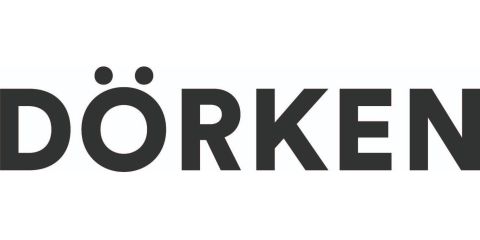Zinc Flake Coatings - Corrosion protection
Axes
Information
A zinc flake coating is a modular system consisting of a basecoat and a topcoat. The individual components can be combined to precisely satisfy characteristic requirements (specific coefficient of friction, chemical resistances etc).
Basecoat: The basecoat is the zinc flake coating and is applied directly to the substrate to be treated. This base layer determines the corrosion protection properties. The zinc content provides a high level of cathodic corrosion protection. For bulk materials, such as thread-rolling screws, application by dip spin process is typical, for larger components the spraying process (manual or by robots) is recommended;
Topcoat: The topcoat complements the properties of the basecoat, and gives the coating additional multifunctional properties. In addition to corrosion protection, the topcoat protects against chemical and mechanical impacts and is responsible for the:
Requirements of coefficient of friction
media resistance
weathering resistance
appearance
and other individual requirements
An overview of the main advantages of zinc flake coatings:
Cathodic protection: The zinc flake coating functions as a metallic layer consisting of many small flakes. In most cases they consist of a combination of zinc and aluminium flakes bound together through an inorganic matrix. Since the sacrificial effect of zinc actively protects the component from environmental and chemical influences, the zinc flake coating offers a high level of cathodic protection.
Low layer thickness: The total layer thickness of the coating is on average only 8-20 µm and is therefore thinner than a human hair. Compared to other corrosion protection systems such as powder coatings or hot-dip galvanizing, the zinc flake coating is almost invisible, but nevertheless achieves a protective effect of over 1.000 hours against base metal corrosion in the neutral salt spray test in accordance with ISO 9227.
